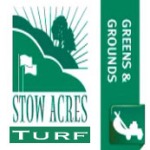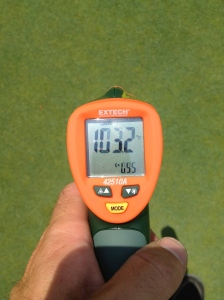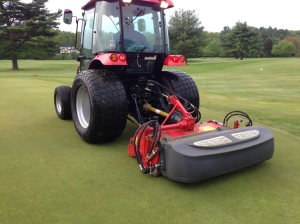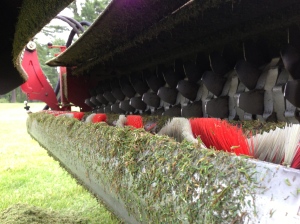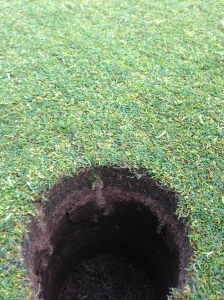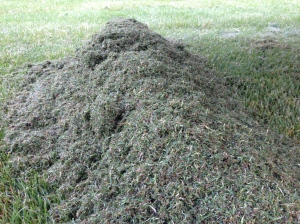It is finally that time of year again where maintenance is becoming routine. We have reached a point in our maintenance schedule that has allowed us to get caught up with many areas on the two courses. While you will definitely see some projects that are ongoing; both courses have reached a maintenance level. This is all thanks to the extreme effort that our staff has put in over the last two months!
Over the next few weeks as the temperatures become consistently warm, you will notice staff members syringing the greens with hoses. Yes, we do have sprinklers and yes, we do water at night. However, overhead water can sometimes cause more harm than benefit. When temperatures get hot, and even more importantly the humidity increases, overhead is too much water and plays a significant role in disease pressure. Another downside to overhead water is that it isn’t able to really focus on the tiny little micro climates all over the greens. The hoses allow us to carefully monitor the moisture level and surface temperature level. We are proactively monitoring soil moisture with our TDR 100 moisture meters and constantly surveying the greens. We are not actually watering the greens, but simply cooling the surface atmosphere right above the plant. This practice, although labor intensive, ensures firmer, faster greens and less disease pressure. You will also notice us changing cups frequently throughout the afternoon. This is another proactive solution to minimizing foot traffic and turf stress. Please watch this short USGA video on hose watering:
The staff does not spend any longer than 3 minutes on a green surface. If you happen to be waiting to hit your approach, please wait just a few seconds longer to avoid hitting into them. They are paying attention to you, but they are diligently working to keep the green surfaces alive and playing well. Thank you for your understanding and patience. See you on the course!
-Jason VanBuskirk, Superintendent

